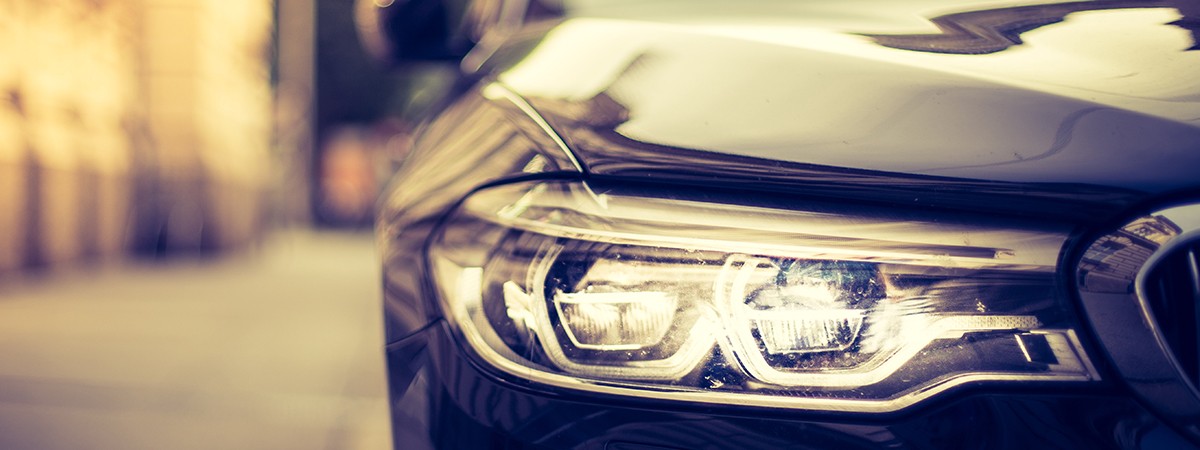Hard, shiny, and hermetically sealed
To prevent potato chips from becoming rancid and stale, the inside of most packets of chips is coated with an ultra-thin layer of aluminum. It makes the plastic foil impermeable to air, water vapor, and UV light. It also keeps flavors from escaping via diffusion, as would be possible with pure plastic foils.Much of what looks like metal is actually coated plastic. This is also the case, for example, with most shiny chrome bathroom fittings. In addition to lending a more attractive appearance, the main role of the metal layer is to provide a hard, mechanically protective outer skin. For other products, the focus is on visual properties, such as foil mirrors or the reflectors of car headlights. In these applications, surfaces are needed that reflect light completely in a given direction.
Steaming or sputtering?
Fabrics and nonwovens can also be given a metallic coating, for example for insulating materials or for functional clothing. As well as aluminum, many other metals are used, including titanium, iron, gold, and silver. They need to be evaporated or converted into ions in order to apply them to soft and heat-sensitive plastic materials. Metal vapor and ions can be deposited on the substrates in extremely fine layers.The processes used for this purpose are collectively referred to as physical vapor deposition (PVD). Numerous BUSCH vacuum pump models can be installed in PVD systems or combined with them. The metals are vaporized in these systems by means of heat, electron beam, or laser beam or sputtered via bombardment with argon ions, and concurrently distributed atom-by-atom on the target object. In a high vacuum, temperatures can be kept low, interferences can be avoided, and the layers can always be applied evenly.
